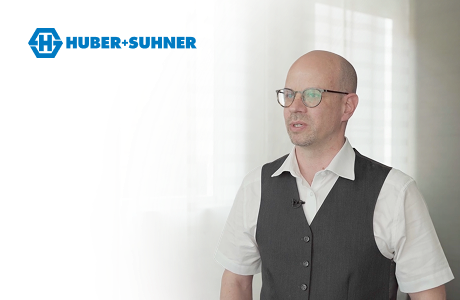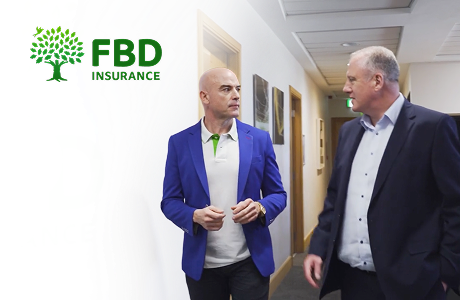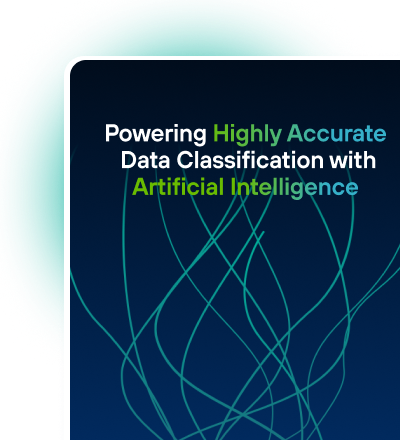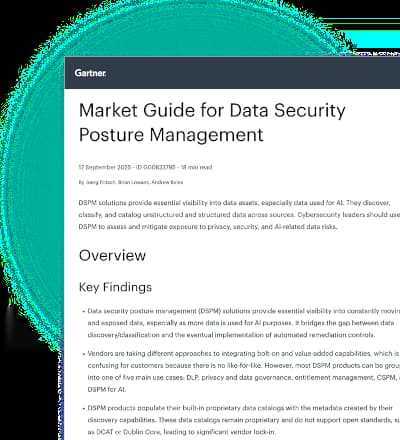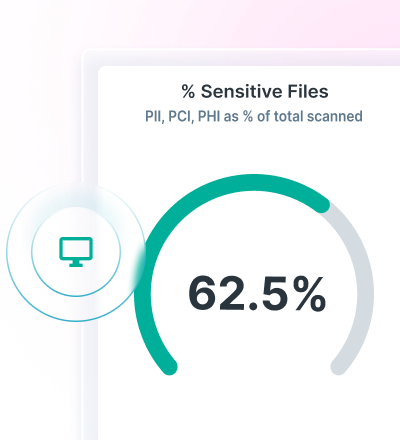The Best DLP Software in 2025: Compare Costs and Features
0 min read
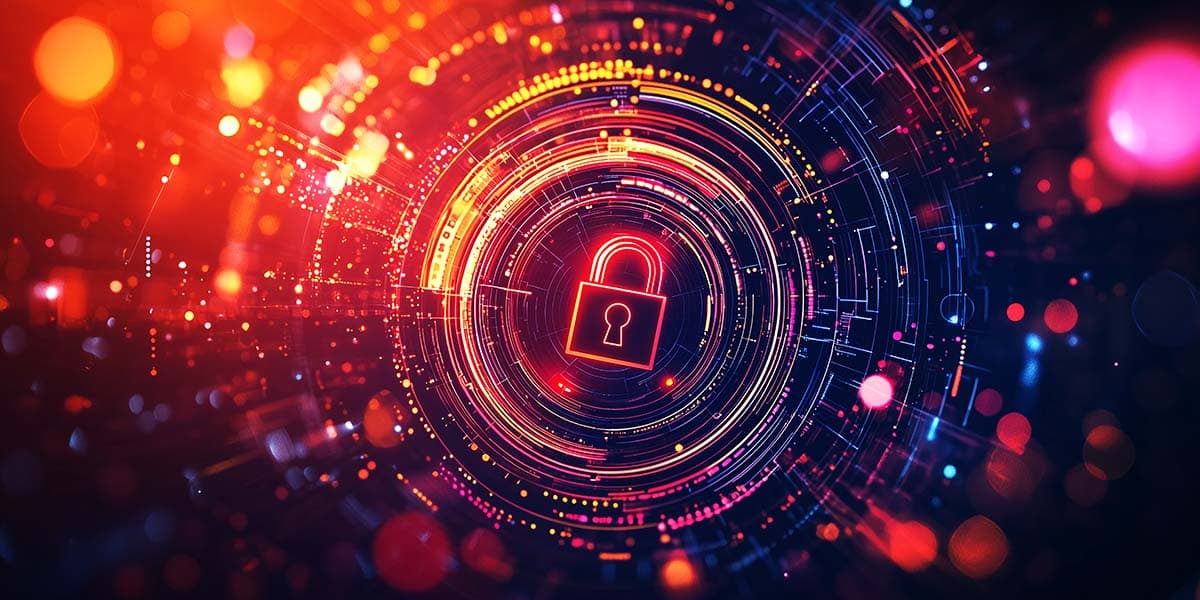
Lionel Menchaca
In 2025, IT and security teams want clear answers: which DLP solution stops data leaks, ensures compliance and mitigates insider and external threats to structured and unstructured data?
This guide compares the best DLP software in 2025 by features, costs, deployment models and customer feedback. Forcepoint stands out with unified policy management, AI-driven classification and integration with Data Security Posture Management (DSPM) to give SecOps better context and faster response.
The Best Data Loss Prevention Solutions for 2025
Use this guide to compare features, costs and customer feedback before selecting the right data loss prevention software for your organization.
1. Forcepoint Data Loss Prevention (DLP)
The Forcepoint DLP solution prevents exfiltration of sensitive data and delivers unified policy management with centralized control of all channels or security vectors from a single policy. This allows visibility and control of your data everywhere your people work and anywhere your data resides.
Forcepoint simplifies DLP deployment and ongoing management with over 1,700+ pre-defined templates, policies and classifiers that cover the regulatory demands of 90 countries, over 160 regions and every major industry.
Key Features
- Unified Policy Management & Enforcement: Forcepoint DLP applies consistent security policies across all systems, applications, and endpoints.
Risk-Adaptive Protection:
- Forcepoint Risk-Adaptive Protection (RAP) dynamically adjusts policies in real time based on user behavior, reducing false positives and alleviating productivity concerns.
AI-Powered Data Classification:
- AI-powered data classification engine produces automated, highly accurate and efficient classification. It also easily integrates with Forcepoint DSPM to create a powerful data security combination.
Proactive Threat Detection:
- Identifies and stops data security risks before they lead to breaches and compliance violations.
User Coaching & Intent Validation:
- Provides real-time user guidance to prevent data loss and ensure secure data handling.
Comprehensive Data Flow Monitoring:
- Tracks data movement across networks, applications, and endpoints for real-time visibility.
Automated Classification & Labeling:
- Integrates with Forcepoint Data Classification (our recommendation) or third-party tools to tag and secure sensitive data.
Audit-Ready Compliance Tracking:
- Delivers detailed forensics and insights into policy violations and security incidents to streamline audits.
Flexible Deployment Options:
- Supports cloud, on-premises, and hybrid deployments to fit any business and IT requirements.
Download the DLP Comparison Table

Pros
- Prevents data loss anywhere, even offline devices
- Streamlines compliance with pre-built classifiers and templates
- Risk-adaptive enforcement reduces false positives
- One dashboard to manage all channels
Cons
- May require initial tuning in complex environments
- Potentially more than small organizations need if data sensitivity is low
Who Should Consider This Product
Enterprises in regulated industries such as finance, healthcare, government, IT services, insurance, energy and retail that need scalable, adaptive DLP integrated with broader data security posture management.
Customer Feedback
Forcepoint's user-friendly data security doesn’t compromise power. Their intuitive UI makes securing a multi-cloud and hybrid workforce simple while keeping us compliant. – Bulwarx, Data Security Lead
Speed is vital. Forcepoint's rapid deployment minimized disruption and secured our data and endpoints in no time. – Leading IT Services Integrator
Forcepoint's dashboard is a game-changer. We can spot misconfigured policies quickly and maintain real-time visibility across our network. – Cybersecurity Management Company
2. Symantec Data Loss Prevention (Broadcom)
Symantec DLP, acquired by Broadcom in 2019, protects sensitive data across SaaS apps, networks, and endpoints. Deployment often requires a unified server, management console, and endpoint agents.
Key Features
- Centralized incident management console
- Unified DLP policies across multiple channels
- Content inspection and user behavior analytics
- Regulatory compliance support
Pros
- Incident visibility through a central console
- Supports a policy administrator role
- Monitors email and network traffic
Cons
- Complex and resource-heavy deployment
- High overhead for incident management
- Endpoint agent setup can be challenging
- Limited SaaS DLP on endpoints
- Smaller customers cite weaker support
Who Should Consider This Product
Best for large enterprises with dedicated DLP teams and resources to manage complex environments.
Customer Feedback
Some customers report that deployment and incident management are cumbersome, requiring specialized staff. Smaller organizations also note that support quality is inconsistent compared to enterprise accounts.
3. Trellix Data Security (formerly McAfee DLP)
Trellix DLP protects sensitive information across its lifecycle, offering discovery, classification, centralized policy management, and compliance reporting.
Key Features
- Protection against insider risk
- Out-of-the-box compliance templates
- Centralized policy management
- Event management and reporting
Pros
- Supports multiple platforms (Windows, macOS, etc.)
- Customizable classifications
- Regulatory compliance templates
Cons
- Policy setup can be complex
- Requires experienced admins
- Higher system resource usage
- Gaps in discovery and classification coverage
Who Should Consider This Product
Organizations needing on-premises endpoint DLP with strong compliance templates.
Customer Feedback
Users appreciate the cross-platform support but report that policy configuration is time-consuming. Some also note heavy system resource use and gaps in visibility.
4. Proofpoint Enterprise DLP
Proofpoint Enterprise DLP protects against data loss across email, cloud, and endpoints, combining content, behavior, and threat telemetry.
Key Features
- Unified coverage for email, cloud, and endpoints
- 240+ customizable sensitive data detectors
- Unified alert and investigation interface
- Policy portability across channels
Pros
- Strong email and cloud focus
- Customizable alerts
- People-centric approach to data risk
Cons
- Limited query optimization
- Privacy preservation controls lagging
- Onboarding managed services can be difficult
Who Should Consider This Product
Best for email-heavy enterprises or organizations with large volumes of cloud communication.
Customer Feedback
Customers highlight Proofpoint’s email-centric strengths but report challenges with managed service onboarding and query optimization limitations.
5. Digital Guardian (Fortra)
Digital Guardian, now part of Fortra, provides endpoint-focused protection using agents and sensors to monitor and manage data activity.
Key Features
- SaaS availability
- Out-of-the-box dashboards
- Pre-built policies for discovery and monitoring
- Integrates with classification tools
Pros
- Scalable for enterprise data protection
- Strong reporting capabilities
- Works with existing classification tools
Cons
- Implementation delays reported
- Interface could be more user-friendly
- Heavy reliance on endpoint agents
Who Should Consider This Product
Best for organizations needing endpoint and network-focused DLP with SaaS flexibility.
Customer Feedback
Users value scalability and reporting but cite complexity in implementation and usability challenges for non-specialist teams.
6. Microsoft Purview Data Loss Prevention
Microsoft Purview DLP is integrated into Microsoft 365, protecting sensitive data across Exchange, OneDrive, SharePoint, and Teams.
Key Features
- Pre-built compliance templates
- Machine-learning driven analysis
- Automated policy enforcement
- Cloud-native integration
Pros
- Seamless with Microsoft ecosystem
- Customizable policies
- Easy cloud deployment
Cons
- High false positives reported
- Limited endpoint coverage
- Complicated setup for large orgs
- Extra support costs may apply
Who Should Consider This Product
Ideal for Microsoft 365-centric organizations that want native DLP coverage across collaboration tools.
Customer Feedback
Customers appreciate tight integration with Microsoft apps but often report high false positives and challenges extending coverage to endpoints.
7. Palo Alto Networks Enterprise DLP
Palo Alto Networks Enterprise DLP extends protection across firewalls, Prisma Access, and cloud apps in the Palo Alto ecosystem.
Key Features
- Unified protection policies
- Predefined and customizable detection rules
- Deployment options in cloud or on-premises
Pros
- Effective for sensitive data like PCI and PII
- Integrates with Palo Alto firewalls
- Scales across multiple sites
Cons
- Documentation gaps for maintenance
- Product complexity reported
- File categorization accuracy issues
Who Should Consider This Product
Best for enterprises already invested in Palo Alto firewalls or Prisma Access.
Customer Feedback
Customers like the integration with Palo Alto’s broader security tools but mention product complexity and uneven accuracy in file categorization.
8. Netskope Data Loss Prevention
Netskope DLP is cloud-delivered, securing sensitive data across cloud, networks, endpoints, and email services.
Key Features
- Real-time monitoring by user, device, and behavior
- 40+ compliance templates
- File encryption capabilities
- Works across browsers, sync clients, and mobile apps
Pros
- Strong identity-aware monitoring
- Effective scanning and searching
- Customizable compliance templates
Cons
- Reports of detection delays
- Fail-closed issues without admin action
- Steep learning curve for new admins
Who Should Consider This Product
For customers of Netskope One SSE seeking integrated DLP.
Customer Feedback
Customers value Netskope’s real-time monitoring but report slow resolution times and a steep learning curve for new administrators.
9. Zscaler Data Protection
Zscaler Data Protection is a zero-trust, cloud-native solution built into Zscaler’s Secure Web Gateway and Zero Trust Exchange.
Key Features
- Centralized policy management
- Real-time enforcement
- OCR to secure image files
Pros
- Real-time policy enforcement
- Prevents unauthorized transfers
- Strong Zero Trust integration
Cons
- Limited offline functionality
- Learning curve for new users
- Latency during high workloads
Who Should Consider This Product
Best for organizations already on Zscaler Zero Trust Exchange needing unified DLP.
Customer Feedback
Users like the real-time enforcement but note offline limitations and potential latency during heavy usage.
10. Endpoint Protector (CoSoSys)
Endpoint Protector by CoSoSys focuses on endpoint and device control to prevent data loss via removable media, cloud apps, and file transfers.
Key Features
- Multi-OS coverage (Windows, macOS, Linux)
- USB and peripheral control
- Real-time file transfer monitoring
- Multiple deployment models
Pros
- Strong cross-platform support
- Effective external device management
- Broad coverage of sensitive data transfers
Cons
- Some uncontrolled vectors reported
- False positives can be high
- More limited scope compared to enterprise platforms
Who Should Consider This Product
Best for organizations prioritizing endpoint and device-level control.
Customer Feedback
Customers value the OS coverage and device controls but report higher false positives and gaps in monitoring certain data channels.
###
See the DLP Feature Comparison Chart below:

Fig. 1 - DLP Feature Comparison Chart #1

Fig. 2 - DLP Feature Comparison Chart #2

Lionel Menchaca
Read more articles by Lionel MenchacaAs the Content Marketing and Technical Writing Specialist, Lionel leads Forcepoint's blogging efforts. He's responsible for the company's global editorial strategy and is part of a core team responsible for content strategy and execution on behalf of the company.
Before Forcepoint, Lionel founded and ran Dell's blogging and social media efforts for seven years. He has a degree from the University of Texas at Austin in Archaeological Studies.
- IDC MarketScape: Worldwide DLP 2025 Vendor Assessment
In the Article
 IDC MarketScape: Worldwide DLP 2025 Vendor AssessmentRead the Report
IDC MarketScape: Worldwide DLP 2025 Vendor AssessmentRead the Report
X-Labs
Get insight, analysis & news straight to your inbox
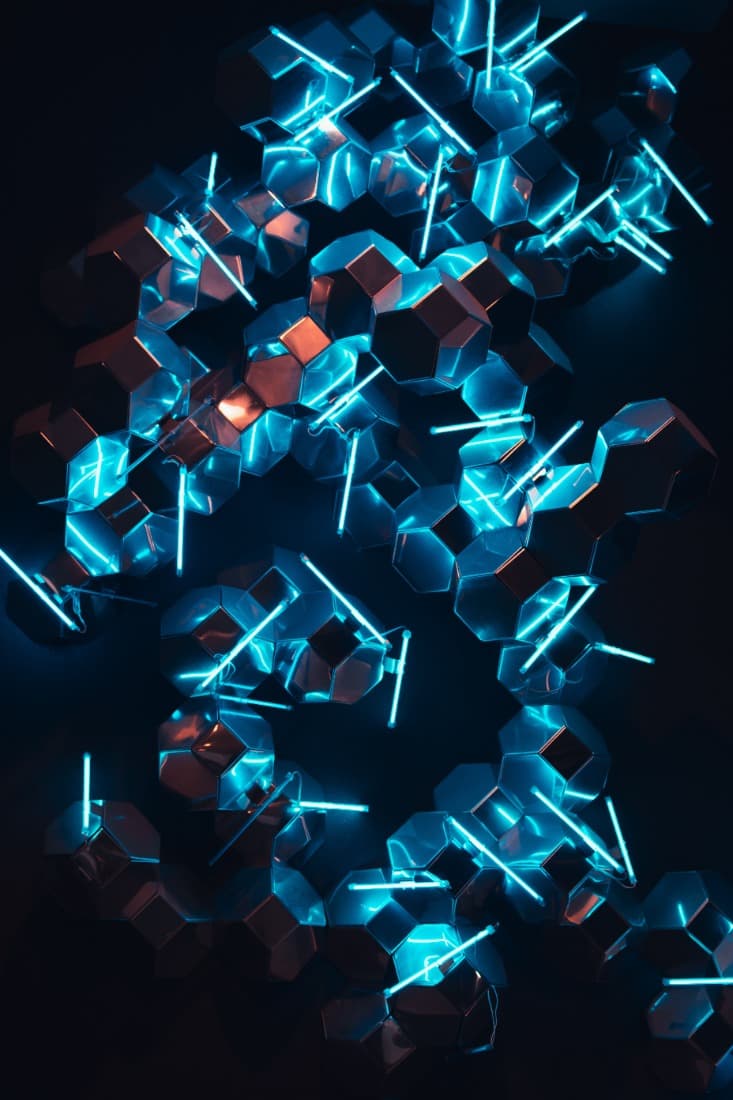
To the Point
Cybersecurity
A Podcast covering latest trends and topics in the world of cybersecurity
Listen Now

